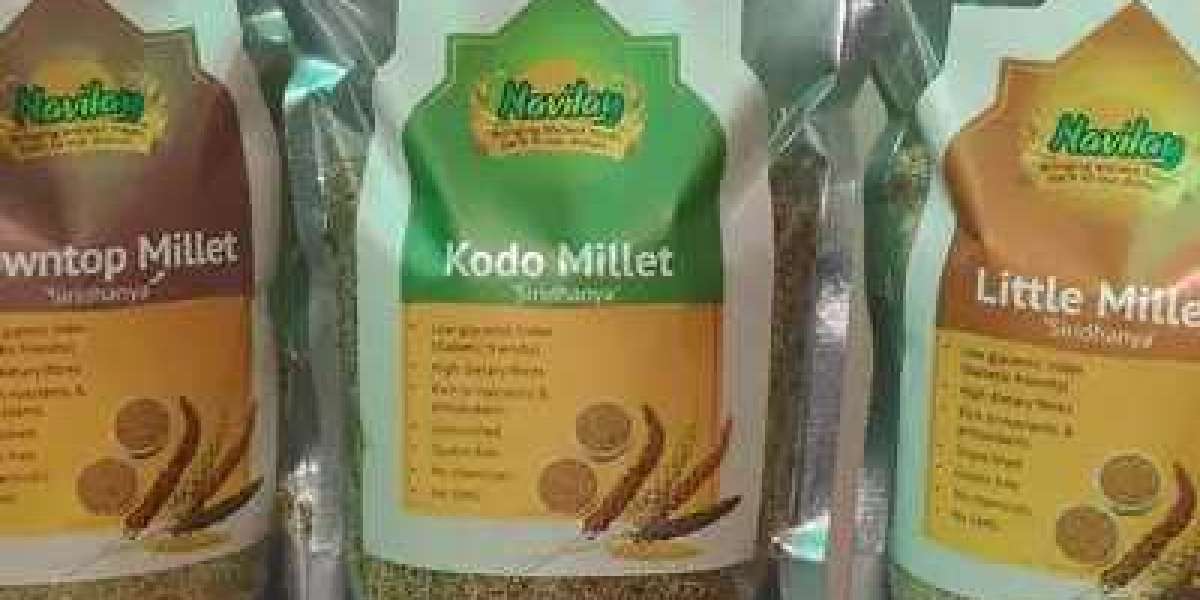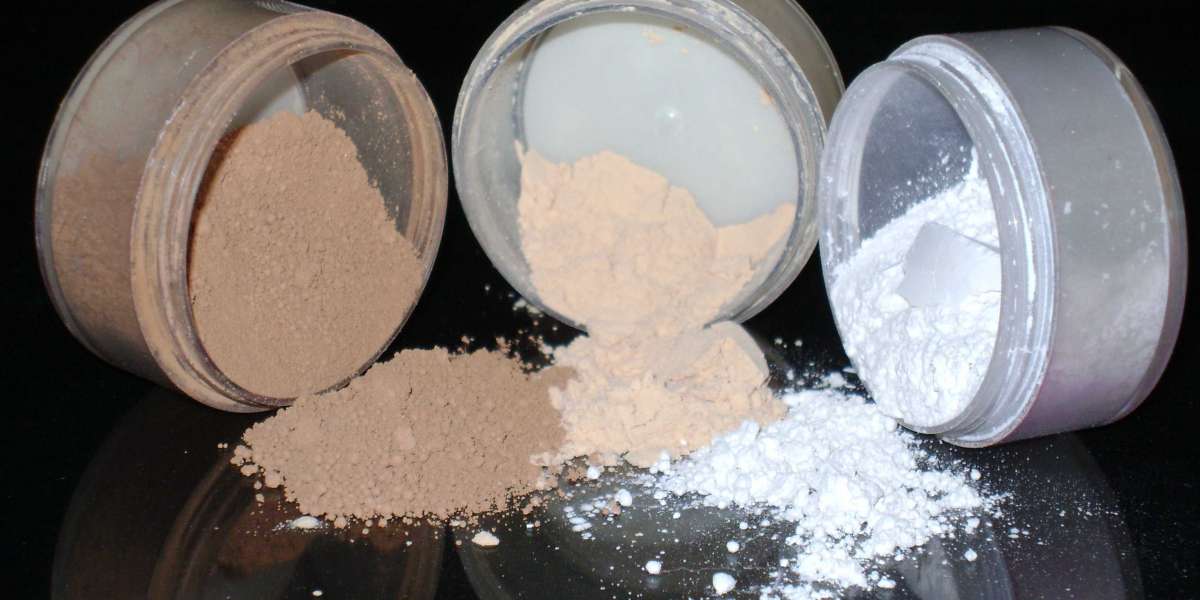Welcome to our comprehensive guide on Siridhanya millets for diabetics. If you or a loved one is living with diabetes, you know how crucial it is to manage your blood sugar levels effectively. In recent years, there has been growing interest in using alternative grains and cereals, such as Siridhanya millets, to aid in diabetes management. In this article, we will delve into the world of Siridhanya millets, exploring their nutritional benefits, their impact on blood sugar levels, and how they can be incorporated into a diabetes-friendly diet.
Understanding Diabetes
Before we explore the benefits of Siridhanya millets, it's important to have a basic understanding of diabetes. Diabetes is a chronic condition characterized by elevated blood glucose levels. There are two main types of diabetes: type 1 and type 2.
Type 1 Diabetes: This type is typically diagnosed in childhood or early adulthood and occurs when the body fails to produce insulin. Insulin is a hormone that helps regulate blood sugar levels.
Type 2 Diabetes: This type is more common and usually develops later in life. In type 2 diabetes, the body either doesn't produce enough insulin or becomes resistant to its effects, leading to elevated blood sugar levels.
Managing diabetes involves various factors, including medication, lifestyle modifications, and dietary choices. This is where Siridhanya millets come into the picture.
What Are Siridhanya Millets?
Siridhanya millets are a group of small-seeded grasses that have been cultivated and consumed for centuries in various parts of the world. They are often considered "ancient grains" due to their historical significance and health benefits. Siridhanya millets are gluten-free, making them an excellent choice for individuals with celiac disease or gluten sensitivity.
There are several types of Siridhanya millets, including:
Foxtail Millet (Thinai): Foxtail millet is rich in dietary fiber, protein, and minerals. It has a nutty flavor and a delicate texture, making it a versatile ingredient in both sweet and savory dishes.
Pearl Millet (Kambu): Pearl millet is known for its high iron content and excellent nutritional profile. It has a slightly sweet flavor and a couscous-like texture, making it a popular choice for porridges, bread, and rotis.
Finger Millet (Ragi): Finger millet is a powerhouse of nutrients, including calcium, iron, and amino acids. It has a distinct earthy flavor and is commonly used to prepare porridges, dosas, and baked goods.
Barnyard Millet (Kuthiravali): Barnyard millet is a good source of dietary fiber and essential minerals. It has a mild flavor and a rice-like texture, making it suitable for pilafs, upmas, and idlis.
Little Millet (Samai): Little millet is packed with fiber, antioxidants, and B vitamins. It has a mild, nutty flavor and can be used in a variety of dishes, including pulao, kheer, and salads.
Siridhanya Millets and Blood Sugar Control
One of the key reasons Siridhanya millets have gained attention in the diabetic community is their potential to help manage blood sugar levels effectively. Unlike refined grains, which can cause rapid spikes in blood sugar, Siridhanya millets have a low glycemic index (GI). The glycemic index measures how quickly a particular food raises blood sugar levels.














